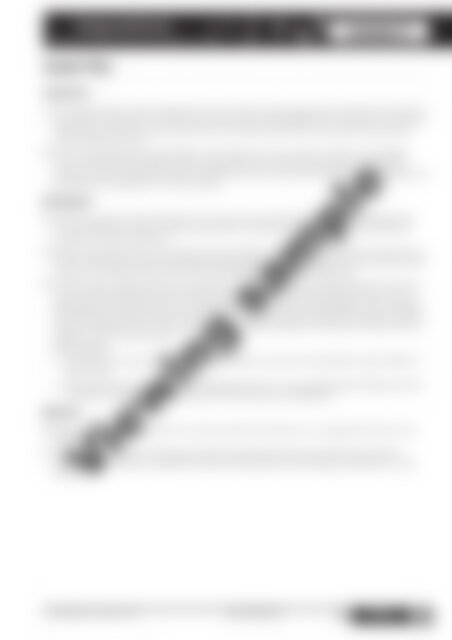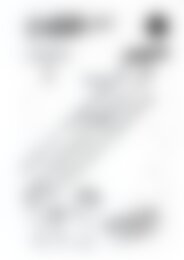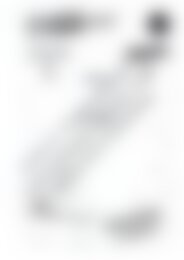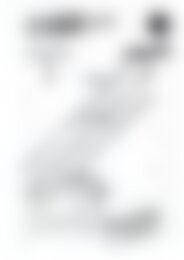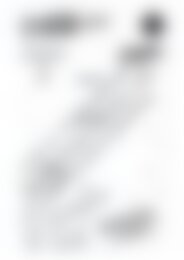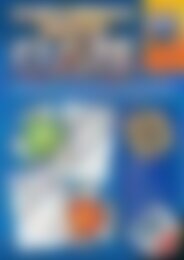PR-6171IRE Science A STEM Approach - 1st Class
Create successful ePaper yourself
Turn your PDF publications into a flip-book with our unique Google optimized e-Paper software.
Energy and Forces<br />
NOW YOU SEE IT! NOW YOU HEAR IT!<br />
Lesson 3<br />
Lesson Plan<br />
Introduction:<br />
1. Provide pupils with copies of page 66 on thick card and colouring pencils or felt tips. Pupils colour<br />
the wheel according to the colours on the sheet. They carefully follow the instructions to create the<br />
Newton disc. (This may require guided work and support by adults to ensure that all pupils can<br />
create the Newton disc).<br />
2. Discuss with pupils how they are able to see objects such as the wheel, recall and consolidate<br />
previous learning about light and their eyes as the reason. Ask pupils questions such as What<br />
colours can you see when the wheel is still? What do you think you will see if you spin the wheel very<br />
fast? Write class predictions on poster paper.<br />
Development:<br />
3. Allow the pupils to spin their Newton disc and to observe what happens. Play the disappearing<br />
colour wheel video and discuss what the pupils observed and<br />
compare it to their predictions.<br />
4. Explain to pupils that the colour wheel represents light—it is made up of all of these colours but we<br />
see it as white light. This white light shines onto objects and lets our eyes see colours. What would<br />
happen if we changed the colour of the light? Would we see colours differently?<br />
5. In small groups, pupils conduct the experiment on page 67 to see how light determines how our<br />
eyes see colour (alternatively, this can be conducted as a whole class experiment with one set of<br />
equipment). The teacher may wish to demonstrate how to construct the shoebox, or pre-prepare<br />
the materials by cutting a hole in the shoebox and cutting squares of cellophane. Pupils complete<br />
page 67 individually. As an alternative, pupils may take photographs of the results and print them<br />
to glue into their science books.<br />
Differentiation<br />
• Guided group work will enable all pupils to observe and record what happens when different<br />
light is used.<br />
• Once the experiment is complete, challenge pupils to try using gobstoppers/bubblegum balls<br />
of different colours in the same experiment and observe what happens.<br />
Reflection:<br />
6. Pupils volunteer to read out their conclusions and ensure everyone is in agreement. Discuss any<br />
differing answers.<br />
7. As a class, compile a list of things that pupils learnt about light that they didn’t know before.<br />
Use the resource sheet on page 68 if required. Alternatively, scan the page and display it on the<br />
whiteboard.<br />
Viewing sample<br />
Prim-Ed Publishing – www.prim-ed.com 978-1-912760-15-2 <strong>1st</strong> <strong>Science</strong>: 65<br />
CLASS<br />
A <strong>STEM</strong> AP<strong>PR</strong>OACH


